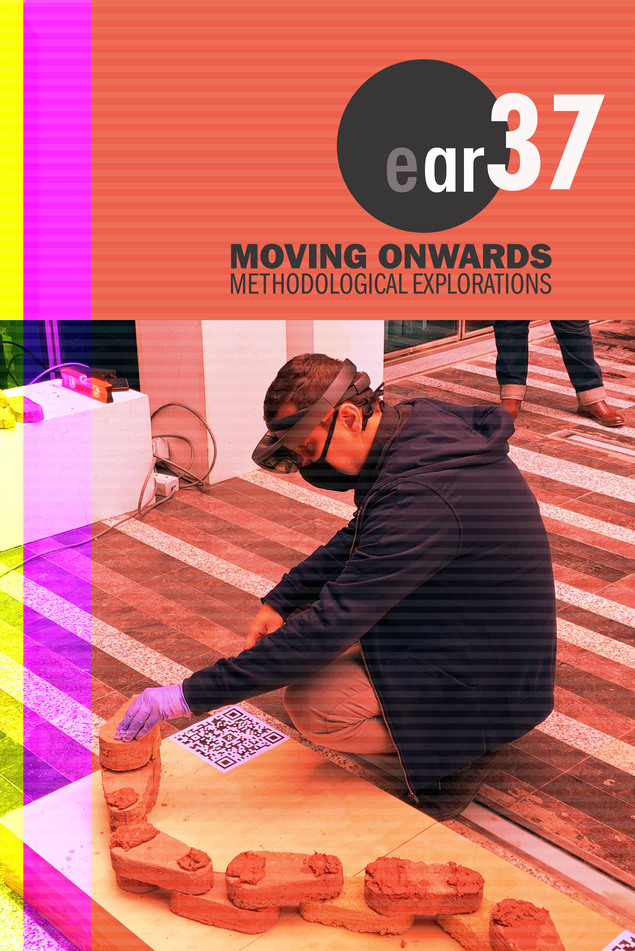Designing Futures with Pasts
Rediscovering and transforming abandoned paths of food preservation under today’s paradigm of sustainability
Abstract
The impending climate catastrophe gives rise to an increased environmental awareness among many designers, who direct their work towards the paradigm of sustainability. While designing with an ‘ecological lens’ is necessarily oriented towards the future, we highlight the past as an inspiring realm to explore. Rather than recycling materials, we encourage the recycling of ideas as a combination of historiographic and speculative design methods.
We will present a framework that extends the idea of design as a ‘projecting’ activity into the idea of design as a constant negotiation process about the relevance and appropriateness of current and past technologies. Design revolves not just about what will be, but to a large extent about what should remain and what should recur, or as Jan Michl put it: “seeing design as redesign” (Michl 2002).We will illustrate the thought of designing futures with pasts by means of a research project that aims at developing a refrigerator for circular economy. The refrigerator – as the currently dominant technology to preserve food – will serve as a starting point to show how artefacts and architecture as well as human skills and knowledge in the preparation and preservation of food are historically interlinked. The history of food preservation unfolds not only along the evolution of the refrigerator, but encompasses household techniques like smoking, curing and fermenting, as well as long-forgotten architectural ‘answers’ such as deep-freeze community buildings. We will revisit three historical examples of food preservation and present the method ‘throwing’ past ideas into the future.
Three main arguments are presented in this richly illustrated paper: First, that historiography is a form of designing, second, that designing is constituted and influenced by path dependencies (cf. David 1985) that are deeply rooted in the past and third, that the past is a valuable source of inspiration when designing for sustainable development. Looking at history becomes a way of “mental window shopping” (Simon 1985, 188) for approaches that are to be reactivated and transformed.


